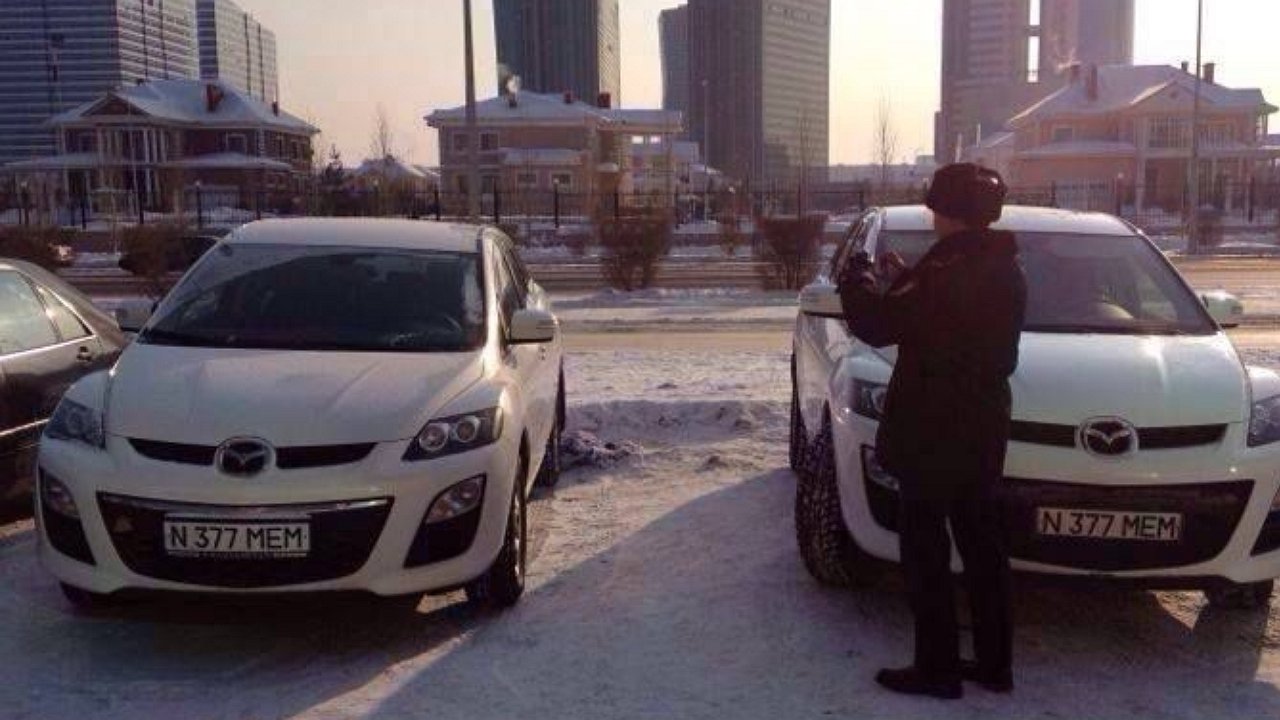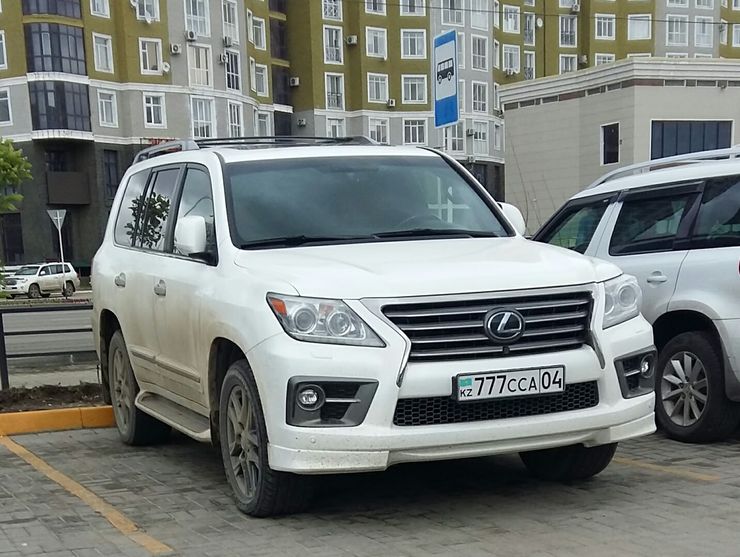Most car owners now clearly do not have enough money and their cars are steadily aging and need to be replaced more and more urgently. So, citizens are looking for various schemes – options for buying a used car in good condition and at a reasonable price. And they find it! However, the desire to save money now can eventually turn into serious problems and costs in the future.
Until recently, “right-hand drive” – cars from Japan – were considered the fate of exclusively the inhabitants of Siberia, Transbaikalia and the Far East. But now that the “Europeans” and “Japanese” from Russia have been blown away by geopolitics, the inhabitants of the rest of the country have begun to take a serious look at used cars from the domestic Japanese market. Yes, the “steering wheel is in the glove box” and that makes it inconvenient (and dangerous) to drive such cars on roads with right-hand traffic.
But cars from Japan, for the most part, are quite fresh, richly equipped and cost relatively little. And on specialized resources on the Internet and social networks, finding and buying a really good car for relatively little money is more than realistic. For example, what do you think of a Toyota Alphard with a mileage of 52,000 km in Japan and a price tag in Russia of 650,000 rubles? Or a Mitsubishi Delica minivan with 43,000 km run for 550.00 rubles, huh?
Tempting, isn’t it? Even if it is right handed. Now the “wrong” control factor is no match for the low price argument! Having picked up such an advertisement, you can probably have no doubts about it: you will get the car you like for your money. But with Kazakhstan or Kyrgyz license plates already installed on it.
With a full set of local documents, including insurance. Everything will be done clearly and according to the law. But this machine will turn out to be a so-called constructor. It was imported from Japan in disassembled form, issued as “spare parts”. To save on customs duties. Then they picked it up again, registered it “remotely” with the Kazakhs or the Kyrgyz. And now they sell to the Russians. In appearance, everything in the scheme is elegant, but there is one nuance.
It will be possible to drive it freely in Russia for no more than one year. After that, the owner, if he is not Kyrgyz/Kazakh, is obliged to report to the traffic police. Otherwise – punishments and sanctions according to the Code of Administrative Offenses. Up to the parking lot and deprivation of “rights”. And the legalization of the car costs a tidy sum, including the cost of clearance from the “designer”. But there is also an easier option.
When the one-year period mentioned above comes, you can sell your right-hand drive car to a resident of Kyrgyzstan or Kazakhstan, who is located in Russia. These people like to buy such cars. True, at a big discount, because they are well aware of the possible problems with the police among citizens who own such vehicles … Several years ago, owners of cars with the famous “Armenian numbers” went down a similar thorny path. This seemingly “dead” scheme in the new economic conditions once again shone with new colors, opportunities and meanings – the Central Asian way…
Until recently, “right-hand drive” – cars from Japan – were considered the fate of exclusively the inhabitants of Siberia, Transbaikalia and the Far East. But now that the “Europeans” and “Japanese” from Russia have been blown away by geopolitics, the inhabitants of the rest of the country have begun to take a serious look at used cars from the domestic Japanese market. Yes, the “steering wheel is in the glove box” and that makes it inconvenient (and dangerous) to drive such cars on roads with right-hand traffic.
But cars from Japan, for the most part, are quite fresh, richly equipped and cost relatively little. And on specialized resources on the Internet and social networks, finding and buying a really good car for relatively little money is more than realistic. For example, what do you think of a Toyota Alphard with a mileage of 52,000 km in Japan and a price tag in Russia of 650,000 rubles? Or a Mitsubishi Delica minivan with 43,000 km run for 550.00 rubles, huh?
Tempting, isn’t it? Even if it is right handed. Now the “wrong” control factor is no match for the low price argument! Having picked up such an advertisement, you can probably have no doubts about it: you will get the car you like for your money. But with Kazakhstan or Kyrgyz license plates already installed on it.
With a full set of local documents, including insurance. Everything will be done clearly and according to the law. But this machine will turn out to be a so-called constructor. It was imported from Japan in disassembled form, issued as “spare parts”. To save on customs duties. Then they picked it up again, registered it “remotely” with the Kazakhs or the Kyrgyz. And now they sell to the Russians. In appearance, everything in the scheme is elegant, but there is one nuance.
It will be possible to drive it freely in Russia for no more than one year. After that, if the owner is not Kyrgyz/Kazakh, the owner is required to register with the traffic police. Otherwise – punishments and sanctions according to the Code of Administrative Offenses. Up to the parking lot and deprivation of “rights”. And the legalization of the car costs a tidy sum, including the cost of clearance from the “designer”. But there is also an easier option.
When the one-year period mentioned above comes, you can sell your right-hand drive car to a resident of Kyrgyzstan or Kazakhstan, who is located in Russia. These people like to buy such cars. True, at a big discount, because they are well aware of the possible problems with the police among citizens who own such vehicles … Several years ago, owners of cars with the famous “Armenian numbers” went down a similar thorny path. This seemingly “dead” scheme in the new economic conditions once again shone with new colors, opportunities and meanings – the Central Asian way…
Source: Avto Vzglyad
Donald Salinas is an experienced automobile journalist and writer for Div Bracket. He brings his readers the latest news and developments from the world of automobiles, offering a unique and knowledgeable perspective on the latest trends and innovations in the automotive industry.














